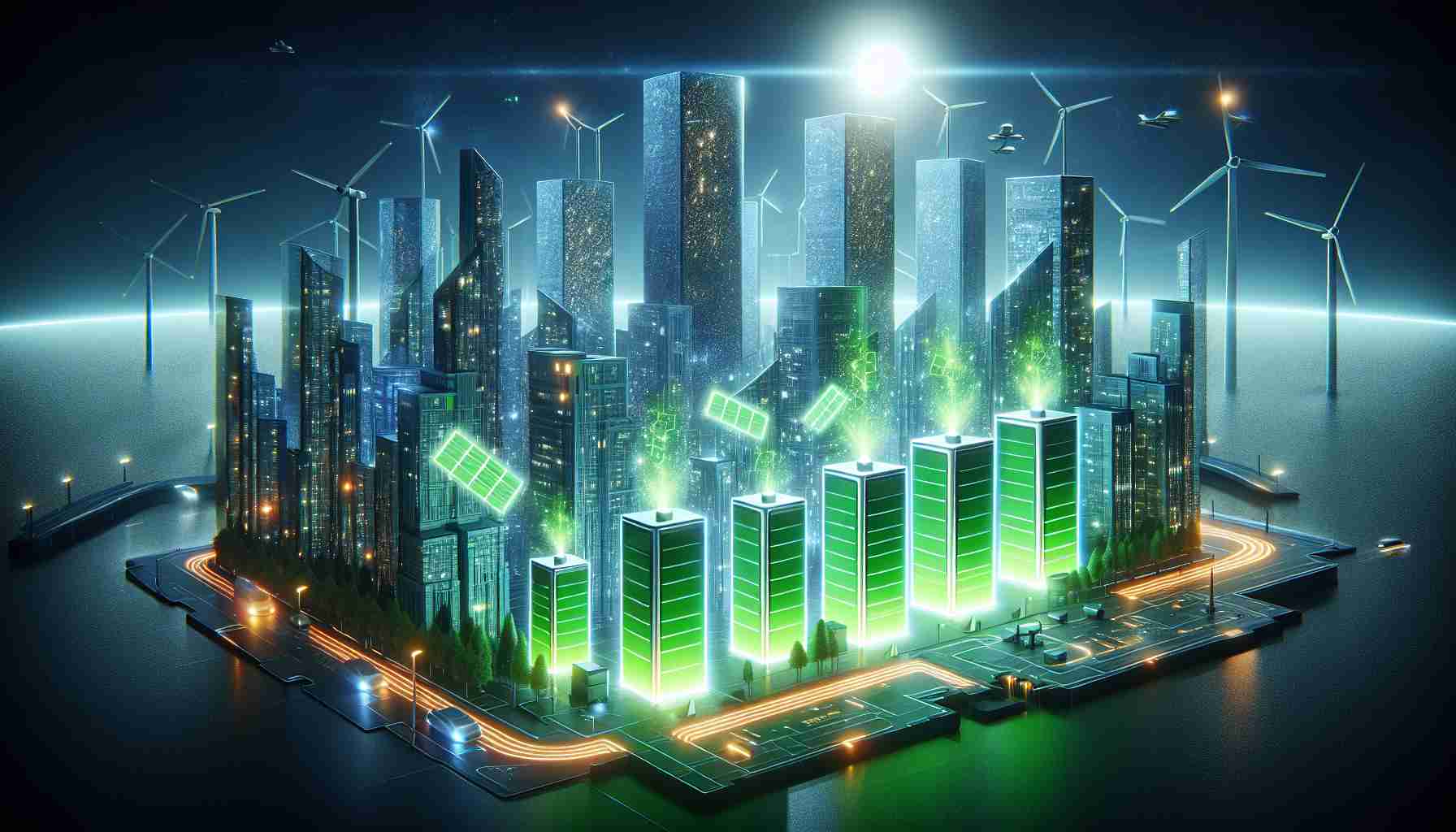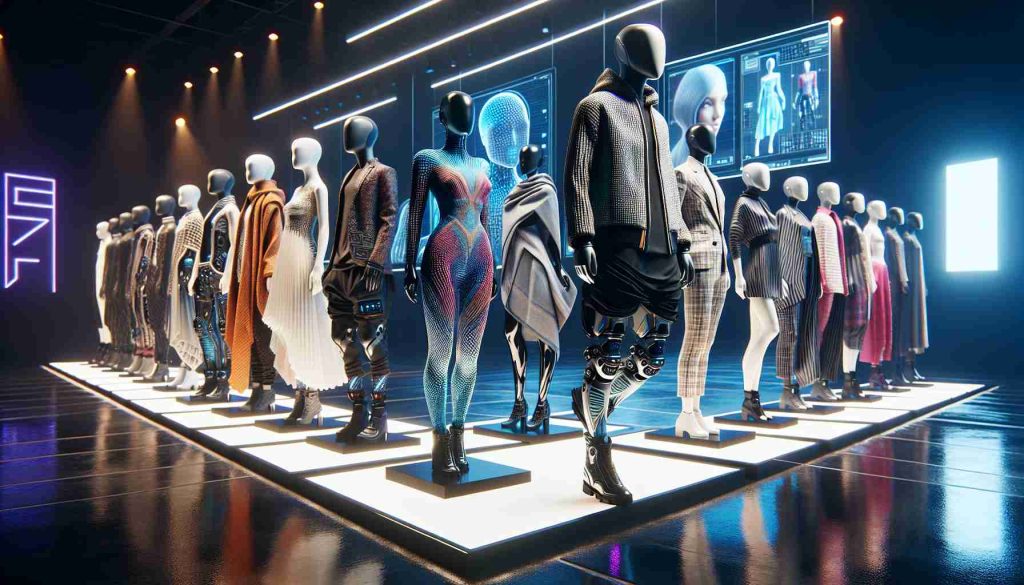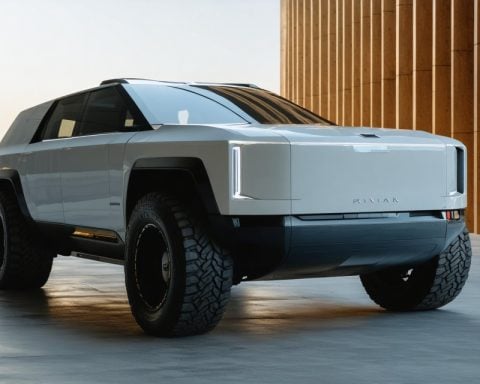In the quest for sustainable construction, the integration of innovative technologies is paving the way for a new era of energy efficiency and eco-friendliness. Among these advancements, solid-state batteries stand out as a game-changer in powering green buildings. As we delve into this transformative technology, we see how it not only enhances energy storage capabilities but also elevates the performance of eco-conscious structures.
Solid-state batteries, characterized by the use of solid electrodes and a solid electrolyte, promise increased safety, higher energy density, and longer lifecycle compared to traditional lithium-ion batteries. Their unique composition eliminates the flammable liquid electrolytes that are often a security concern in conventional battery technologies. This jump in safety standards is crucial for urban environments where the integration of renewable energy sources, such as solar panels and wind turbines, is becoming more prevalent in building infrastructures.
One of the most significant benefits of solid-state batteries is their ability to efficiently store energy generated by renewable sources. For instance, a building equipped with solar panels can harness the sun’s energy during the day and utilize it during peak evening hours when energy demand is higher. With solid-state batteries, this stored energy can be released as needed, making buildings not only self-sufficient but also less reliant on traditional power grids. This ability to manage energy consumption contributes substantially to a building’s overall carbon footprint reduction.
Moreover, the lightweight nature of solid-state batteries allows for innovative architectural designs. As materials become less cumbersome, designers can experiment with new forms and functions that were previously impractical. This flexibility in design complements the growing trend of sustainable architecture, where aesthetic appeal aligns with ecological responsibility. Buildings of the future will not only blend seamlessly into their environments but also enhance energy efficiency through smart technology integration.
Incorporating solid-state batteries in green buildings also leads to substantial economic benefits. Although the initial cost may be higher compared to traditional energy storage systems, the long-term savings from reduced energy costs and less maintenance make them a sound investment. Additionally, as more developers embrace these innovative batteries, economies of scale will likely drive down the costs, making them accessible for a wider array of building projects.
Furthermore, governments worldwide are increasingly recognizing the need for sustainable solutions and are implementing policies that promote the use of clean energy technologies. As construction companies and developers adopt solid-state battery technology, they not only comply with these regulations but also position themselves as leaders in the green building sector. This proactive approach will be crucial as markets progressively shift toward sustainability-driven initiatives.
As we stand on the brink of a new era in construction and energy management, solid-state batteries emerge as the silent giants propelling green buildings into the future. Their unmatched efficiency and safety features reinforce their potential to revolutionize the way we think about energy in architecture. With ongoing advancements in technology and increasing governmental support, it’s clear that the fusion of solid-state batteries with ecological design principles heralds a bright future for building a sustainable world.
Energy Efficient Building Insights: Tips, Hacks, and Fascinating Facts
As the world moves toward a more sustainable future, energy efficiency in construction becomes not only important but necessary. With innovative technologies like solid-state batteries at the forefront, here are some valuable tips, life hacks, and intriguing facts to help you understand and adopt more sustainable practices in your building projects.
1. Maximize Renewable Energy Use: To enhance the efficiency of solid-state batteries, ensure that your building is equipped with ample renewable energy sources such as solar panels. By generating more energy than you consume, you can store the excess in solid-state batteries, allowing for flexibility in energy usage during peak times.
2. Monitor Energy Consumption: Implement smart building technologies that monitor and manage energy consumption in real-time. These systems can optimize when and how energy is drawn from your solid-state batteries, ensuring that you’re always using energy when it’s most efficient.
3. Design for Adaptability: With the lightweight nature of solid-state batteries, consider designing spaces that can evolve over time. Whether it’s repurposing areas within a building or allowing for future technology upgrades, adaptability can lead to lasting sustainability.
4. Invest in Quality Materials: Sustainable construction goes beyond just energy management. Use high-quality, eco-friendly materials that have a longer lifespan and require less maintenance. It’s a smart strategy that complements the durability of solid-state technology, ultimately reducing the carbon footprint.
5. Stay Informed About Government Incentives: Many governments are offering grants, tax incentives, and rebates for sustainable building practices. Keep abreast of these opportunities as they can significantly offset the initial investment costs associated with solid-state batteries and renewable energy installations.
6. Embrace Smart Technology Integration: Leverage the capabilities of the Internet of Things (IoT) for controlling energy systems, automating lighting, heating, and cooling based on occupancy and daylight. This complements the effectiveness of energy storage solutions like solid-state batteries, leading to optimized energy use.
7. Explore Innovative Partnerships: Collaborate with architects, engineers, and technology providers who specialize in sustainable practices. This synergy can yield creative solutions and innovative designs that fully utilize solid-state battery technologies and other green systems.
Interesting Fact: Did you know that solid-state batteries can potentially triple the energy density of traditional lithium-ion batteries? This means they can store more energy in a smaller space, perfect for urban environments where space is at a premium.
With these tips and insights, you can empower your building projects toward sustainability and energy efficiency. As we embrace the future of construction and energy management, understanding and utilizing technologies like solid-state batteries becomes essential.
For further information on sustainable practices in construction, check out the resources available at Energy.gov and discover how you can implement energy-efficient solutions in your projects.






















